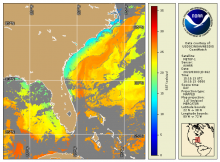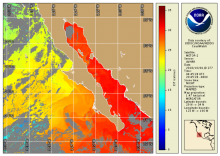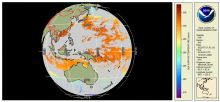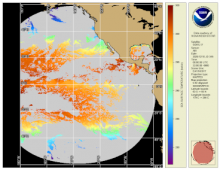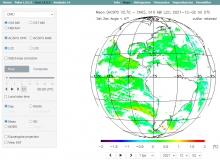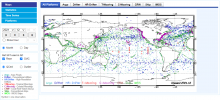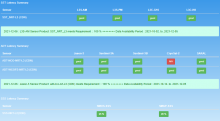Experimental Eddy Products
| Product Families |
Ocean Currents
Sea Surface Height
Sea Surface Salinity
Sea Surface Temperature
|
|---|---|
| Summary |
The sea surface height team in NOAA’s Laboratory for Satellite Altimetry produces two experimental mesoscale eddy products:
|


